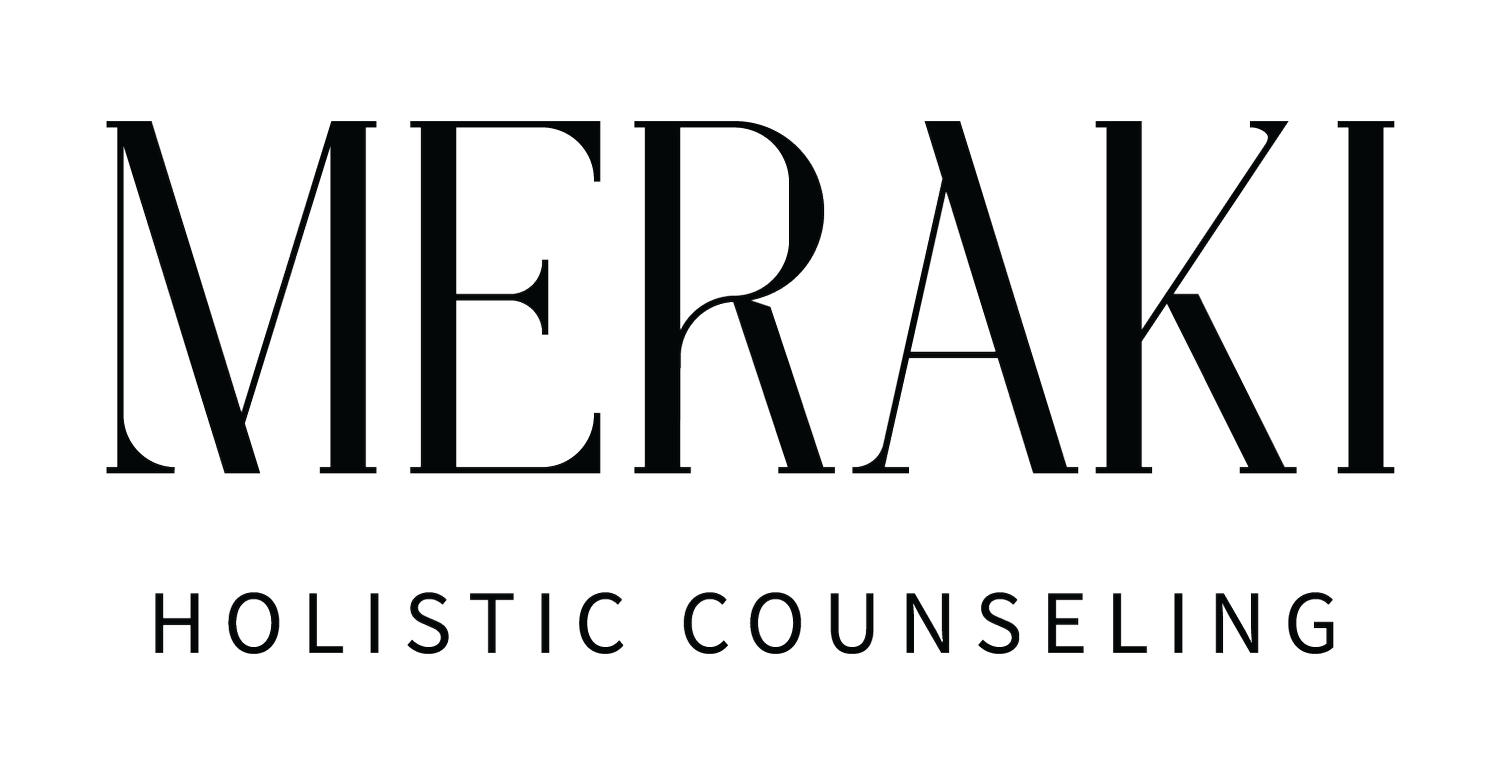Digital Boundaries: Balancing Politics and Mental Well-Being
In today’s political landscape, we are filled with polar opposite opinions instilled with confusion for our future. We currently are in a unique time where most of us have full access to political news and social media. While this can be helpful when it comes to staying informed, our mental health can suffer as a result. Fortunately, there are ways to stay informed while protecting ourselves with boundaries. Examining our relationship with the political world and learning to set boundaries in it is one of the best ways to ensure mental well-being.
Mental Health Impact
Having access to social media allows us to have access to all news - even if it isn’t true. Exposure to this much social media can cause high levels of stress and anxiety. This type of chronic stress can lead to symptoms like trouble sleeping, mood swings, and political burnout. Examining our relationship with political digital wellness can help us to define what being informed looks like versus what being overwhelmed looks like. Once we can determine what informed enough looks like for ourselves, we can begin to set boundaries.
What Are Digital Boundaries?
Digital boundaries are parameters people can set around social media, news, and anything in the digital world. Boundaries are ways to create intentional limits to protect ourselves from negative outcomes. These boundaries can ensure we are taking care of ourselves from the stressors of the political landscape.
Another way that people can address their relationship with new sources or social media is to embark on a digital detox. A digital detox is when a person takes a break from using their devices (such as a phone or computer) for a certain amount of time. These detoxes are aimed at helping people take a break from the digital world and re-examine their relationship with it. A study on digital detoxes found that participants were able to manage the detox and that they actually enjoyed it.
How Can I Set Digital Boundaries?
Setting digital boundaries can be a daunting task especially if you are not sure where to start. In this blog, we are going to provide some ways to set digital boundaries. As humans, we are all different which means our boundaries might need to be altered to our specific situation.
One way to set digital boundaries is to create certain times of the day or periods to consume news. For example, a digital boundary could be only watching the news at night for a specific amount of time after school or work. Or watching the news a few times a week instead of every day.
Another way to set digital boundaries is to unfollow accounts that are unhelpful or triggering. As we mentioned previously, everyone has different triggers that can affect us. These struggles are valid. It’s important to remember that unfollowing accounts isn’t an act of meanness but rather a form of protection. If you do not want to fully unfollow an account you can consider muting their page. The mute feature is available on several forms of social media. In addition to muting social media accounts, most phones can also mute certain notifications. Removing notifications from your phone can limit distractions and stress.
If you’re having a hard time staying off your phone, you may try keeping their phone out of reach when trying to complete important tasks. For example, if you work from home try leaving your phone in another room for a while.
Another tip is to limit the types of news content you consume. For example, if the news is too stressful to watch you could consider reading news articles instead. Sometimes by simply changing the format that we are engaging with can help reduce some of the stress that comes from digital consumption.
Using apps that limit the time you can use your phone is a helpful way to set digital boundaries. Some tools are built into Apple and Android phones that can help people set screen time limits. In addition to these built-in tools on smartphones, some apps can help with digital boundaries. Some of these are:
One Sec: This app instructs users to take a breath before opening certain apps. This can also be a great way to add mindfulness to your daily life. This app could also be helpful by preventing doom scrolling. Doom scrolling is a term that means that a person is mindlessly scrolling without being present in the content they are consuming.
Freedom: This app helps block websites and apps that might not be helpful.
Focus Mode: This app helps pause apps at certain times of the day.
Rescue Time: This app tracks how you spend time on your phone or computer.
Conclusion
Setting boundaries in our fast-paced, politically charged world is imperative to maintaining mental well-being. Staying informed with some news is important to understand current events going on around the globe. However, sometimes these news outlets have the potential to be very overwhelming. This can lead to political burnout, anxiety, and chronic stress. Practicing digital boundaries can be a way to ensure our mental health is not affected by the ever-changing political scene. Examining our relationships with the digital world can make sure that we draw the line between being informed and overwhelmed. By balancing awareness with well-being, we can stay engaged without sacrificing our mental health as a result.
Here at Meraki Holistic Counseling, we want to help you however we can. We’re always here, ready to guide you towards a brighter future, wherever your therapy journey takes you. If you would like to work with us, please reach out to us here. In the meantime, our blog is packed with insightful resources for your healing.
References:
https://www.apa.org/monitor/2022/11/strain-media-overload
https://www.weber.edu/academicpeercoaching/blog/digital-boundaries.html
https://pmc.ncbi.nlm.nih.gov/articles/PMC11109987/


